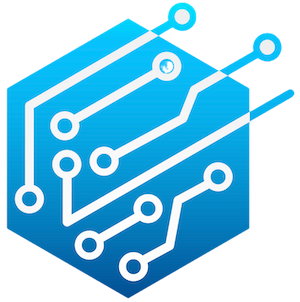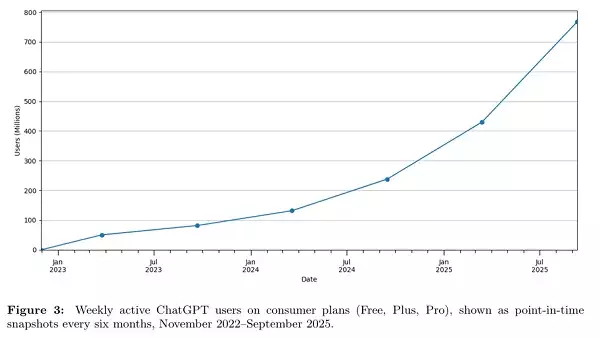The meteoric rise of ChatGPT is no longer just a headline; it’s a defining feature of our digital landscape. From a modest beginning of one million active users in late 2022, the platform now garners around 700 million weekly active participants. This explosive growth signals more than just popularity—it indicates a fundamental shift in how individuals interact with artificial intelligence. No longer are AI tools confined to tech enthusiasts or specialized industries; they have become woven into the daily fabric of personal and professional decision-making. Such widespread adoption challenges traditional notions of technology as a mere utility and elevates it to a collaborative partner in human cognition.
What’s increasingly clear from user behaviors is that ChatGPT isn’t merely a conversational chatbot; it is evolving into an intuitive digital assistant, capable of supporting a broad spectrum of activities. This transition signifies a cultural shift. AI is moving from the periphery to the core of problem-solving, creativity, and learning. The data suggests that the platform is not just used for quick queries but is increasingly becoming an extension of one’s own thinking process—helping us to discover new ideas, streamline tasks, and make more informed choices.
The Changing Dynamics of User Intent
While initial curiosity drove early adoption, the purpose behind ChatGPT usage has matured over time. The data reveals fascinating shifts: practical guidance remains a steady 29%, reflecting consistent demand for how-to advice, tutoring, and educational support. However, a notable decline in written content creation—from 36% to 24%—raises important questions about the role of AI in creative expression. Has the tool’s utility for writing been overstated? Or perhaps it signifies that AI-Assisted writing is becoming a foundational skill rather than a novelty?
Conversely, seeking information has soared from 14% to 24%, underscoring an increasing reliance on ChatGPT as a search and discovery engine. This pivot illustrates that users are viewing AI not merely as a chatbot but as an intelligent curator capable of delivering personalized insights. This trend echoes the broader societal shift toward using AI as a go-to resource, arguably challenging traditional search engines like Google. It suggests that people find more value in conversational, context-aware responses that can synthesize complex data into digestible, actionable knowledge.
The divergence in usage purposes—asking questions, performing tasks, or expressing personal insights—further illuminates user priorities. The decline in task-based (“doing”) interactions might imply that people are becoming more selective or efficient in their use of AI, turning to it primarily for information and guidance rather than routine automation. Such behavior hints at a conscious effort to leverage AI for decision-making rather than mechanized task execution, positioning ChatGPT as a cognitive partner rather than a mere assistant.
Implications for the Future of AI and Human Interaction
The evolving trends in ChatGPT’s use give us a glimpse into a future where AI becomes an integral part of human decision-making, inquiry, and creativity. It challenges the assumption that AI’s primary value lies in automating tasks like writing or coding. Instead, it emphasizes a more nuanced role: AI as a facilitator of understanding, discovery, and strategic thinking.
This shift also raises critical questions about the direction of AI development. Are we heading toward a landscape where AI enhances human intelligence, or does it risk replacing certain cognitive processes? Judging by the current patterns, it seems we are subtly reconfiguring our relationship with technology—from reliance on traditional search engines to interactive, conversational exploration. However, the decreasing use of AI for task execution suggests a cautious approach, emphasizing quality over quantity and depth over breadth.
Moreover, the societal implications are profound. As ChatGPT and similar tools become more embedded in daily routines, they may foster a new form of literacy—one centered on guiding and interpreting AI responses. This could democratize information access but also necessitate a critical eye toward the accuracy and biases embedded within these models.
Overall, ChatGPT’s trajectory indicates a future where AI is less of a tool and more of a cognitive extension—an ally that helps us navigate an increasingly complex world with confidence and clarity. Its evolving usage patterns demonstrate that AI’s true potential transcends automation; it lies in amplifying our inherent human capacity to learn, decide, and innovate.


Leave a Reply